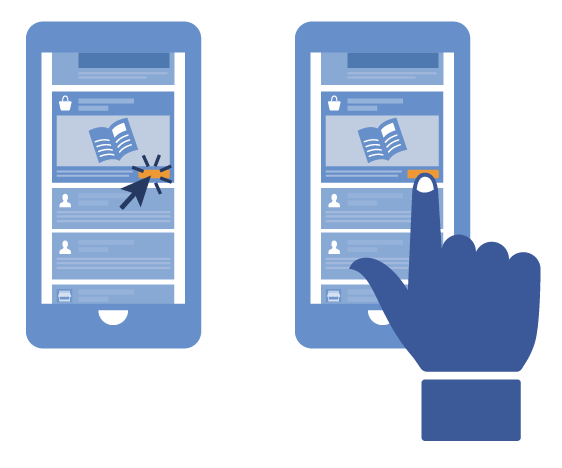A large, engaged email list is how many e-commerce brands grow their business and increase their customer lifetime value and funnel leads.
Using a number of clever methods, you can capture very strong leads from Facebook traffic. In this article, I’ll list the best ways to do this, the pros and cons they come with, and how you can merge these strategies together.
Lead ads
There’s no surprise lead ads are at the top of the list.
They allow you to collect email addresses and more personal data without the need for a landing page or the user even having to type in their information.
Leads are collected from mobile traffic from an ad.

You may think that lead ads are the ultimate way to build an email list on Facebook, but this isn’t always the case. All leads are not created equal, and some are worth more than others.
While leads ads are easy to create and capture leads well, the quality of the lead is not always as strong as you hoped.
Consumers are on autopilot subconsciously when they scroll through their Facebook feed. They may opt-in to your form because you used a cool graphic, but actually they know very little about your business or products.
This makes selling to them later via email marketing difficult and lowers your conversion rate as you will not close as many leads.
You also only have one image and a small amount of space for text, really limiting the impact you can have to pre-frame them later.
Pros:
- Easy to set up
- No landing page needed
- User data pre-populates
Cons:
- Only targets mobile devices
- Lead quality may not be so strong
Promoting a blog post
One of the most effective ways to build a power email list is to send Facebook traffic to a blog post and have an opt-in form at the bottom.
The opt-in form will either provide the visitor with a free lead magnet or simply instruct them to sign up to get your next blog post in their inbox (a little like this blog post).
There are quite a few more steps involved to capturing leads this way:
- They must click your Facebook ad
- They must read and find your content valuable
- They must manually enter their details and sign up
There is a higher barrier of entry for visitors to join your list, so you’ll typically generate less leads this way, but they will be of higher quality.
If they sign up through your website, they have some idea of what your business is about and see you in a positive light because your content provided them with free value.
You have to add content marketing into the mix alongside Facebook ads and email marketing for this method to work.
Pros:
- Stronger leads
- Drives more website traffic (to retarget later)
- Secondary SEO benefit
Cons:
- You need to know how to write compelling blog posts
- Greater barrier of entry to sign up
Landing page
A landing page is a hybrid version of a blog post. Where a blog post aims to educate and provide free value, the goal of a landing page is to get the user to make some sort of action (in this case, opt in to your email newsletter).
This is done through a lead magnet of some sort, such as:
- eBooks
- Case studies
- Videos
- Consultations
- Infographics
- Free trials (Saas)
The lead magnet is free and acts as a bribe to obtain the user’s email address.
Landing pages provide you with the highest quality of leads because you’re able to laser-target your audience. For example, if you’re offering kettle bell training for women with children between the age of 31–40, then anyone who takes your lead magnet titled 10 kettle bell exercises for moms to do at home will be heavily interested in your services.
The downside to using landing pages to gather leads is you need a fantastic copywriter and you may need to spend time optimizing your landing page to get the best conversions.
Pros:
- Strongest leads
- Qualifying leads by giving an appropriate lead magnet
Cons:
- May require a professional copywriter and website optimizer
- Can get very expensive if you mess up the copy and lead magnet
You can mix and match
The great thing with Facebook is, if you don’t capture your lead the first time round, you can try again for a discounted price through retargeting.
For example, something I like doing is to first show a useful blog post to my cold audience, and then retarget anyone who read that blog post with a leads ad if they failed to sign up the first time.
Tip: If you’re driving thousands of people to your blog post each day, then retarget the top 25% of website traffic based on the time spent on that blog post. This ensures they actually read your content and didn’t leave right away.
If I’m targeting a small audience which I believe has been targeted very well and have a specific problem my lead magnet can solve, I’ll start with the landing page and then follow up with a leads ad allowing them to download the lead magnet if they failed to convert the first time round.
If you don’t obtain your lead the first time, you can try again by merging any of the three methods above.
Summary
Sure, you can add a sign-up bar to your Facebook Page and gather a dozen or so leads a week, but if you’re really wanting to grow your list into the thousands, you’ll need to run ads and apply the tips above.
Facebook is a gold mine to build a powerful email list. How are you using it?